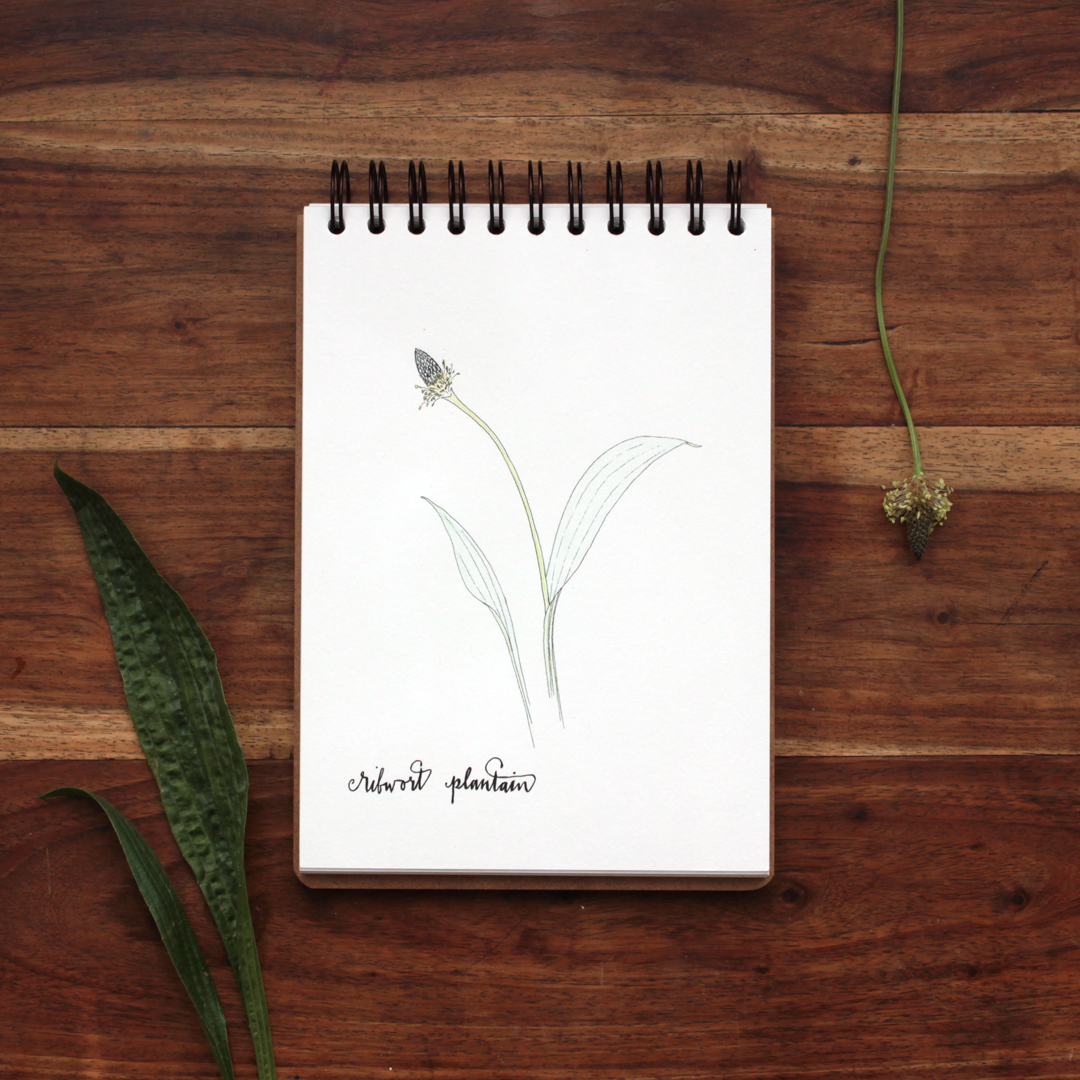
This hardy grassland plant (Plantago lanceolata) can thrive in areas others cannot, so it’s common to see along road sides and other urban areas. It can survive in conditions ranging from very dry to very damp and wet, which means it can be found in many different places. It’s also known as narrowleaf plantain, English plantain, buckhorn and lamb’s tongue.
While it can be considered a nuisance to some, I think its spiky “blooms” and long narrow leaves are really elegant. It also provides for butterflies, moths and hoverflies, and it’s a good winter source of food for birds. Ribwort Plantain also has the distinction of being the larval food source for one of Britain’s rarest butterflies, the Glanville Fritillary (Melitaea cinxia), but as this butterfly is mainly confined to coastal areas of Somerset and Hampshire, and the Isle of White, I don’t think the small amount of plantain growing in my Buckinghamshire garden is likely to attract any. But I still love my little collection of wild plantain plants all the same.
And no, it’s not a relation of the bananas!